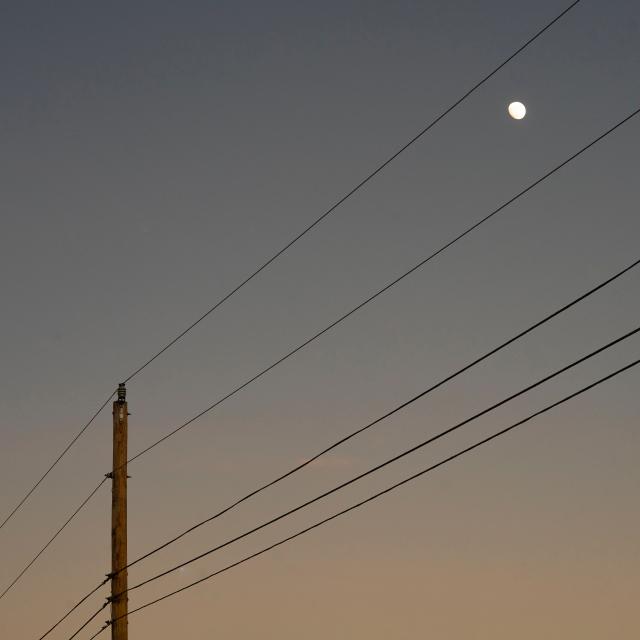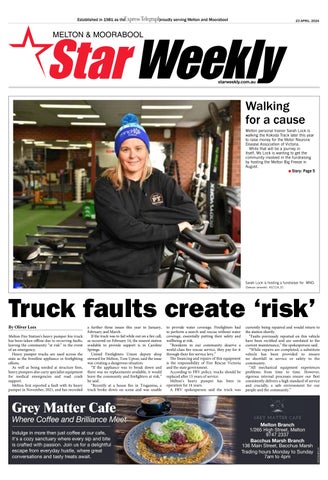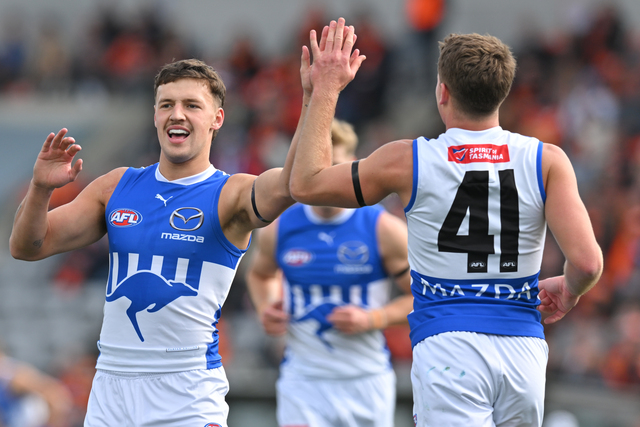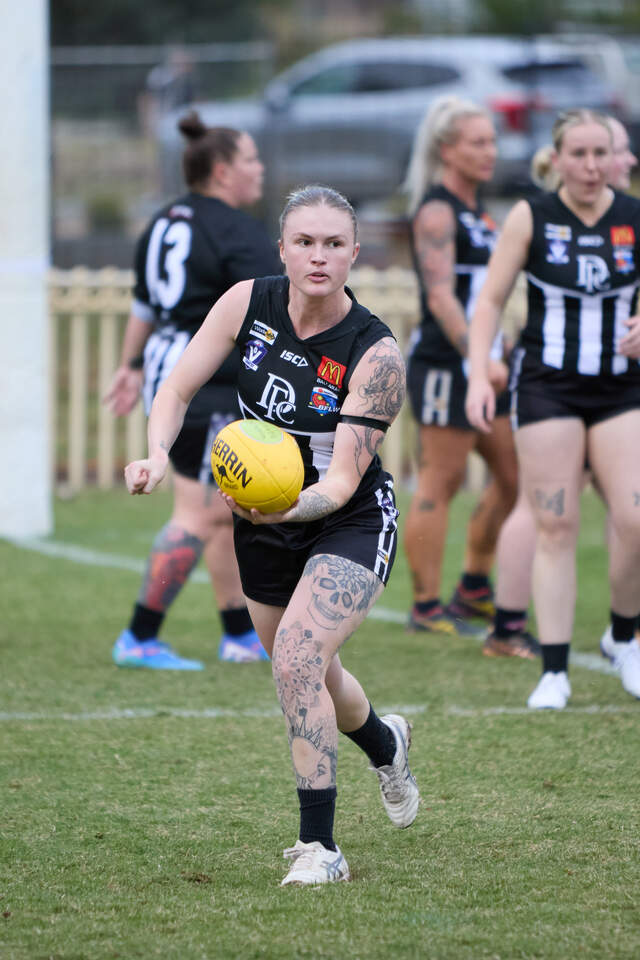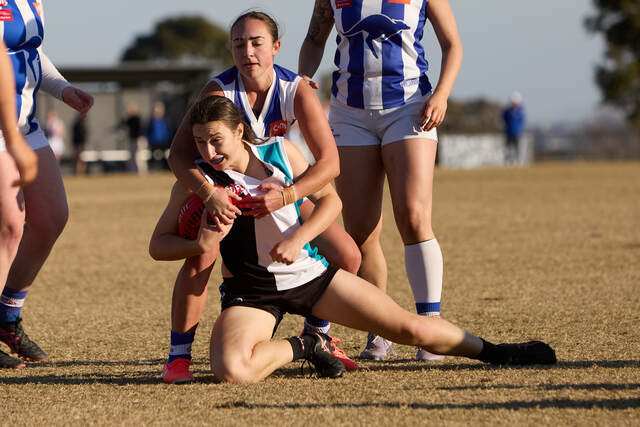The Australian Energy Market Operator (AEMO) has called criticisms of their WRL-VNI West project made by the Victorian Energy Policy Centre (VEPC) “contrary to both government policy and numerous independent economic analyses”.
AEMO’s WRL-VNI is a controversial proposed renewable energy transmission project, which would require land acquisition to create an easement for transmission towers and lines across western Victoria, including through Melton and Moorabool.
Star Weekly reported that the VEPC released a damning report of the project, academics behind the report calling the project “biggest mistake in transmission planning in living memory”.
In a statement on April 26 AEMO’s System Design executive general manager Merryn York hit back at a number of VEPC claims, including that it would be easier to upgrade existing transmission lines in Gippsland and Latrobe Valley and that the project could triple transmission charges.
Ms York said that “detailed engineering and economic analysis” demonstrates a need to both harness the existing transmission and build new infrastructure, and that AEMO estimates a 25 per cent increase in transmission costs for Victorian consumers.
Former member of the National Electricity Market’s reliability panel and electrical engineering professor Simon Bartlett, who co authored the VEPC report said AEMO has not allowed for “realistic ongoing costs of VNI West and WRL”.
“With an existing transmission capacity of 9,450MW that can be used immediately and easily expanded to 17,600MW [the existing Gippsland transmission network] is the quickest, cheapest and most reliable way for Victoria to make substantial progress in the transition from coal to renewables,” he said.
Another point of criticism from VEPC was state-wide blackouts caused by natural disasters collapsing or causing electrical faults on any one of the 1,500 transmission towers on WRL/VNI West, which Ms York said this is “not supported by any evidence”.
Professor Bartlett pointed to examples where destructive winds collapsed six 500kV transmission towers, and fires have tripped or forced out of service interconnectors in Victoria, leading to widespread blackouts and long repair times.
AEMO chief executive Daniel Westerman said the urgent need for new transmission to bridge the gap left by the rapid exit of coal-fired generation was not unique to Australia.
“Governments and system planners worldwide are wrestling with the urgent need to build new transmission to guarantee the safe, secure and reliable supply of basic services to towns and cities,” he said.

